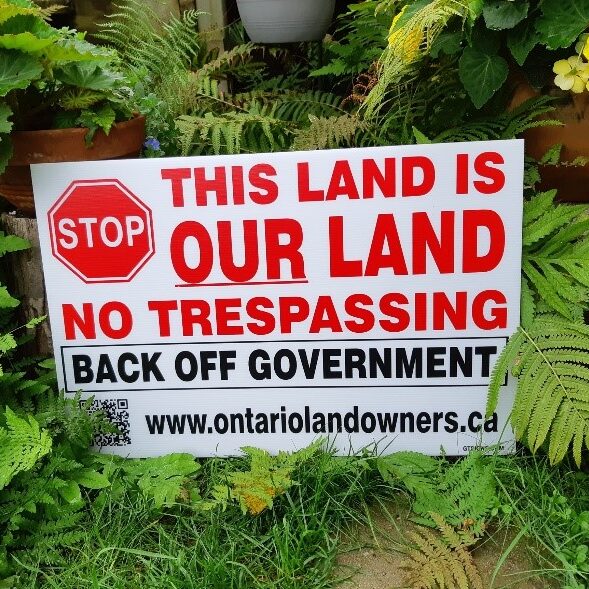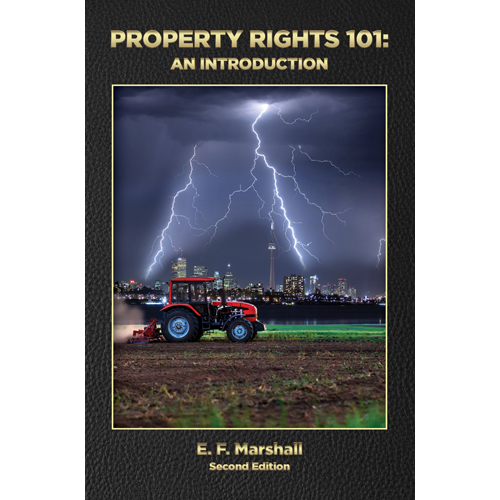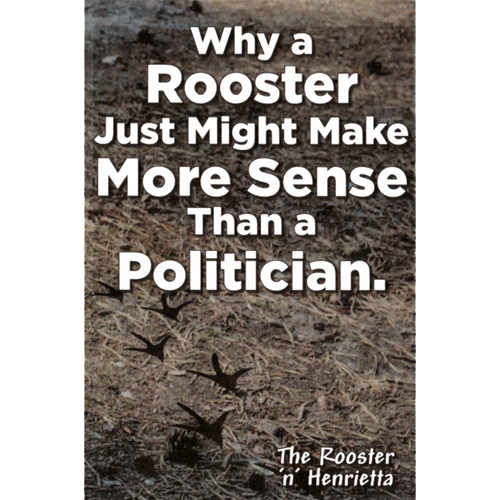How to Obtain an Indian Land Patent – by Nat Bugera
- 2020-02-01
- By admin
- Posted in Latest News
Library and Archives Canada http://www.bac-lac.gc.ca/eng/Pages/home.aspx located in Ottawa has archivists who will search for your patent for free. You can book a phone conversation with them or email them. It may take them some time to locate the patent, but they are very helpful even in finding patents for Indian lands.
For Indian lands:
Start by checking the land registration office in Service Ontario in your area. You need to know the lot and concession number and township. These helpful people will show you how to use the microfilm machine and load the correct films in for you. When you find your land registry record, print it. You can then easily locate your patent date, and to whom it was issued. The Service Ontario office has forms that can be faxed to the Ministry of Natural Resources in Peterborough where some patents are located, but not the Indian Lands patents. Unfortunately, there is no land sale number or patent number in the records at Service Ontario. In Owen Sound, the original land registration books are located in the archives at the Grey Roots Museum and are much easier to read.
The Indian land patents are not well organized in Ottawa and the archivist could not find ours without a patent number. However, tremendous amounts of information can be accessed without this. Since we live in Keppel, I was looking through Keppel files, Cape Croker files, files by township and concession and lot number and even surname. We found microfilms of maps, original letters from previous settlers on this property, official letters from Indian Agents, lawyers, affidavits from neighbours swearing that the farmer had fulfilled settlement duties, speculators who had bought the land for pennies, petitions to reduce taxes, to be excused from settlement duties and catalogues listing this farm for sale in the British Isles. There were census records listing family members of the patentee.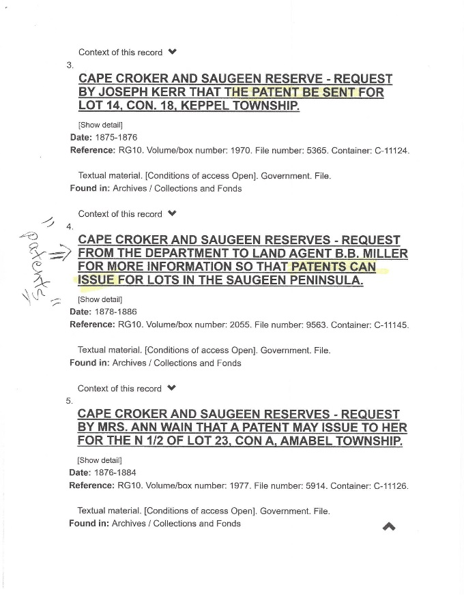 I learned that the Cape Croker Agency sometimes had 2 copies of official documents. The trick was to find the correct document. The files have creative titles and they do not always accurately reflect what is inside. See examples at left. When you open “context” or “detail” you will see postage sized pictures of what is in the file, some containing single sheets and some may contain hundreds of images. You can click on them, make them a printable image and then enlarge on the screen for easier reading. The number 4 entry just shows a request for patents to be issued. Apparently, the request had to be on a specific form. along with affidavits from 2 people acknowledging the patentee’s good character, that he was a settler living on the land, had fulfilled settlement duties and had paid the taxes and sale price of the land in full. The file might clearly state the patentee’s name, or it may not list any names as in number 4. You would have to open the file and check each entry. The file might be titled “solicitor requesting patent to be issued”. Gamble and open it! The Indian Agency kept registers of patents that were issued every month. Sometimes there were two copies in the file. Check each copy for any additional things that might have been scribbled in the margins. I pulled up the “Cape Croker patents and May 1891”. They listed 3 and ours was not one of them. I checked the months leading up to May 1891. No luck. Yet the Land Registration Book at the Grey Roots Archives clearly stated that the patent was issued by the Crown May 1, 1891. I could not believe that someone who had toiled for years to get a land patent would not register it in a timely fashion. I kept widening the search and ran across a file labelled “request for patents to be issued”. It was dated March 1891, two months before the patent was issued. I opened it and found a lot of correspondence requesting supporting documents and official printed forms listing patentees who were requesting patents be issued to them. There were duplicate copies of these forms. Upon closer examination, they were not exact duplicates. One had some smudges next to the patentee’s names written in a different handwriting, almost as an afterthought. Using the computer screen, I was able to enlarge this and read a four-digit number. I sent this number to the archivist in Ottawa and within a couple of days, I received copies of my land patent. The emailed copy and information were free. I then filed a request for a certified copy. The difference in price between a certified copy and a copy is only a few dollars. Because the files from the Indian Agencies are not well organized or in order and are not well labelled, you might want to start with a very narrow search and then widen it out. Pay particular attention to files with many included documents that do not specify exactly what is in them. When I searched under Keppel, I also found info on other townships because it was on the single sheet of paper.
I learned that the Cape Croker Agency sometimes had 2 copies of official documents. The trick was to find the correct document. The files have creative titles and they do not always accurately reflect what is inside. See examples at left. When you open “context” or “detail” you will see postage sized pictures of what is in the file, some containing single sheets and some may contain hundreds of images. You can click on them, make them a printable image and then enlarge on the screen for easier reading. The number 4 entry just shows a request for patents to be issued. Apparently, the request had to be on a specific form. along with affidavits from 2 people acknowledging the patentee’s good character, that he was a settler living on the land, had fulfilled settlement duties and had paid the taxes and sale price of the land in full. The file might clearly state the patentee’s name, or it may not list any names as in number 4. You would have to open the file and check each entry. The file might be titled “solicitor requesting patent to be issued”. Gamble and open it! The Indian Agency kept registers of patents that were issued every month. Sometimes there were two copies in the file. Check each copy for any additional things that might have been scribbled in the margins. I pulled up the “Cape Croker patents and May 1891”. They listed 3 and ours was not one of them. I checked the months leading up to May 1891. No luck. Yet the Land Registration Book at the Grey Roots Archives clearly stated that the patent was issued by the Crown May 1, 1891. I could not believe that someone who had toiled for years to get a land patent would not register it in a timely fashion. I kept widening the search and ran across a file labelled “request for patents to be issued”. It was dated March 1891, two months before the patent was issued. I opened it and found a lot of correspondence requesting supporting documents and official printed forms listing patentees who were requesting patents be issued to them. There were duplicate copies of these forms. Upon closer examination, they were not exact duplicates. One had some smudges next to the patentee’s names written in a different handwriting, almost as an afterthought. Using the computer screen, I was able to enlarge this and read a four-digit number. I sent this number to the archivist in Ottawa and within a couple of days, I received copies of my land patent. The emailed copy and information were free. I then filed a request for a certified copy. The difference in price between a certified copy and a copy is only a few dollars. Because the files from the Indian Agencies are not well organized or in order and are not well labelled, you might want to start with a very narrow search and then widen it out. Pay particular attention to files with many included documents that do not specify exactly what is in them. When I searched under Keppel, I also found info on other townships because it was on the single sheet of paper.
See images below of the Crown Patent I obtained from Library and Archives Canada.
You can contact Nat Bugera at natbugera@yahoo.ca.
For more information on Crown Land Patents and Indian Land Sales, see https://thediscoverblog.com/2017/06/19/crown-land-patents-indian-land-sales/.
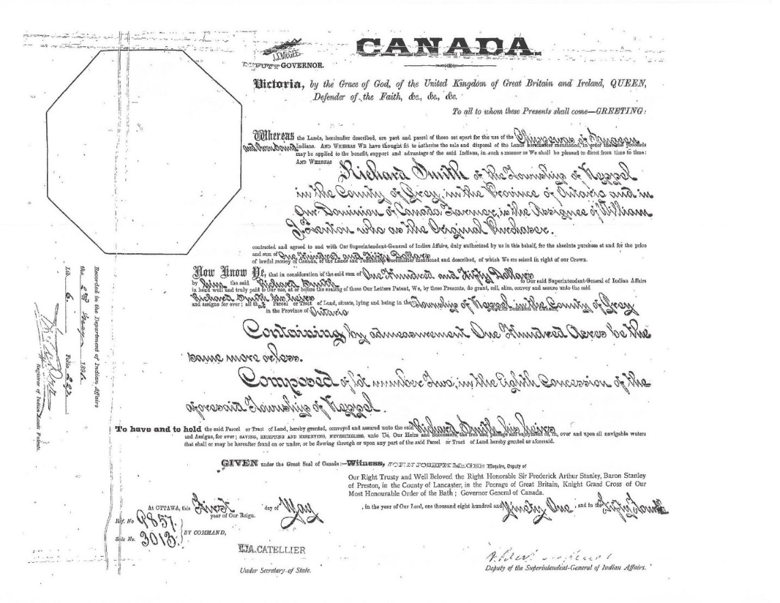
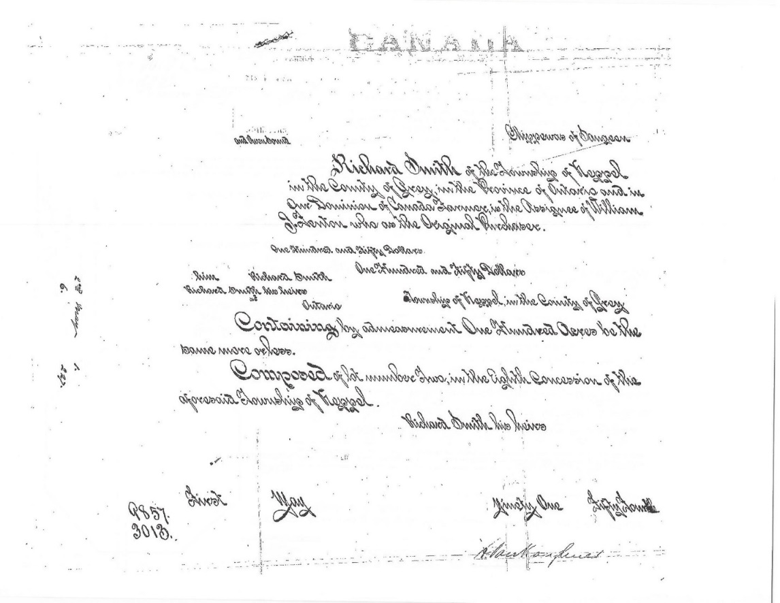
Search:
Categories
Archives
- April 2024
- January 2024
- December 2023
- November 2023
- August 2023
- July 2023
- June 2023
- May 2023
- April 2023
- March 2023
- February 2023
- January 2023
- December 2022
- November 2022
- October 2022
- September 2022
- August 2022
- July 2022
- June 2022
- May 2022
- April 2022
- March 2022
- February 2022
- January 2022
- December 2021
- November 2021
- October 2021
- September 2021
- August 2021
- July 2021
- June 2021
- May 2021
- April 2021
- March 2021
- February 2021
- January 2021
- December 2020
- November 2020
- October 2020
- September 2020
- August 2020
- July 2020
- June 2020
- May 2020
- April 2020
- March 2020
- February 2020
- January 2020
- December 2019
- November 2019
- October 2019
- September 2019
- August 2019
- July 2019
- June 2019
- May 2019
- April 2019
- March 2019
- February 2019
- January 2019
- December 2018
- November 2018
- October 2018
- September 2018
- August 2018
- July 2018
- June 2018
- May 2018
- April 2018
- March 2018
- February 2018
- January 2018
- December 2017
- November 2017
- October 2017
- September 2017
- August 2017
- July 2017
- June 2017
- May 2017
- April 2017
- March 2017
- February 2017
- January 2017
- December 2016
- November 2016
- October 2016
- September 2016
- August 2016
- July 2016
- June 2016
- May 2016
- April 2016
- March 2016
- February 2016
- January 2016
- December 2015
- November 2015
- October 2015
- September 2015
- August 2015
- July 2015
- June 2015
- May 2015
- April 2015
- March 2015
- February 2015
- January 2015
- December 2014
- November 2014
- October 2014
- September 2014
- August 2014
- July 2014
- June 2014
- May 2014
- April 2014
- March 2014
- February 2014
- January 2014
- December 2013
- November 2013
- October 2013
- September 2013
- August 2013
- June 2013
- April 2013
- October 2012
- May 2012
- September 2011

